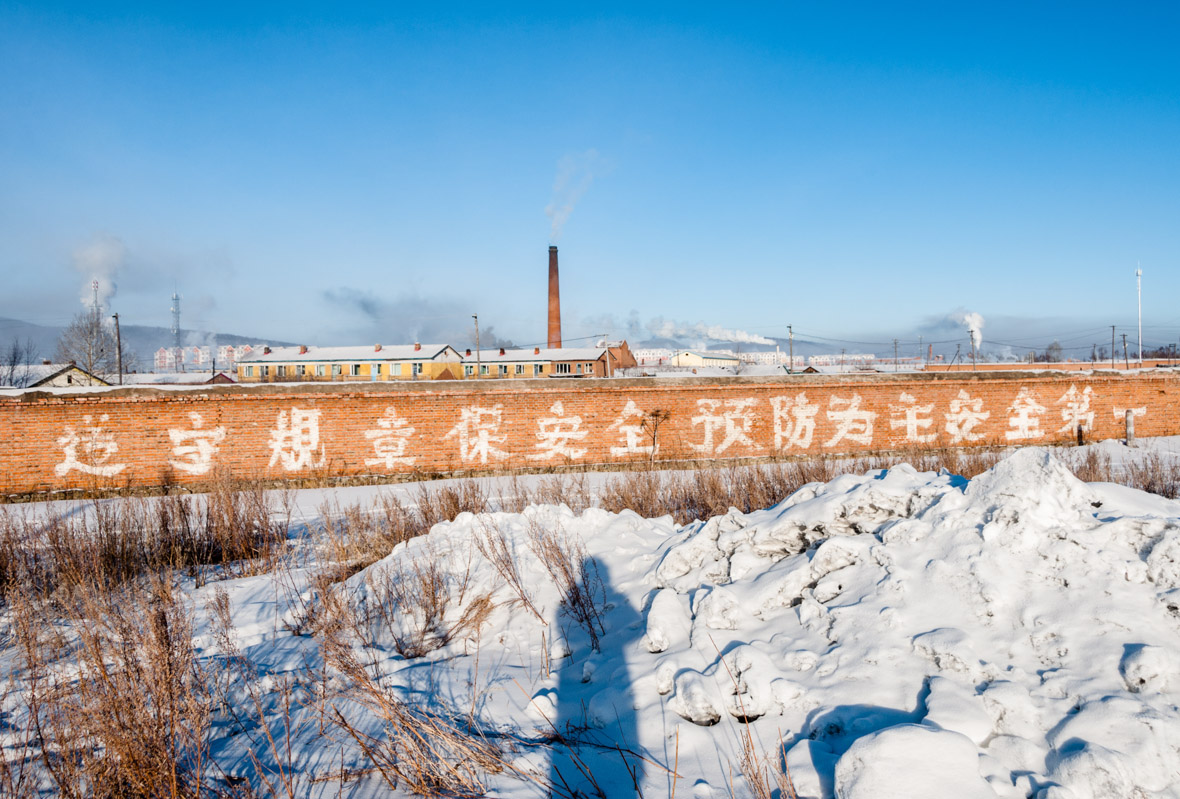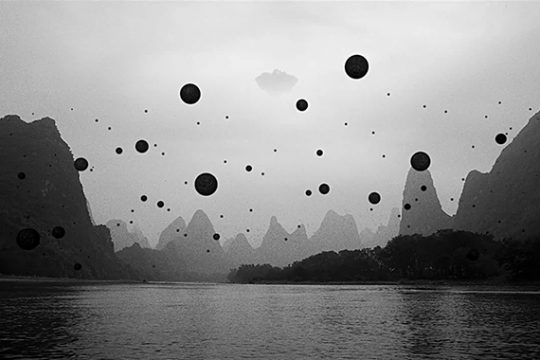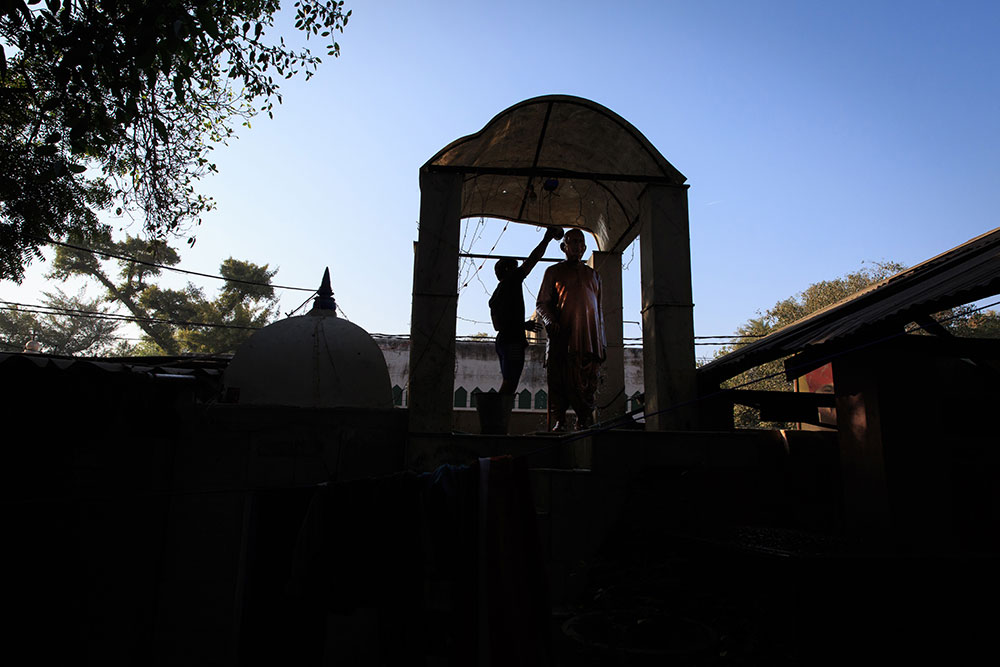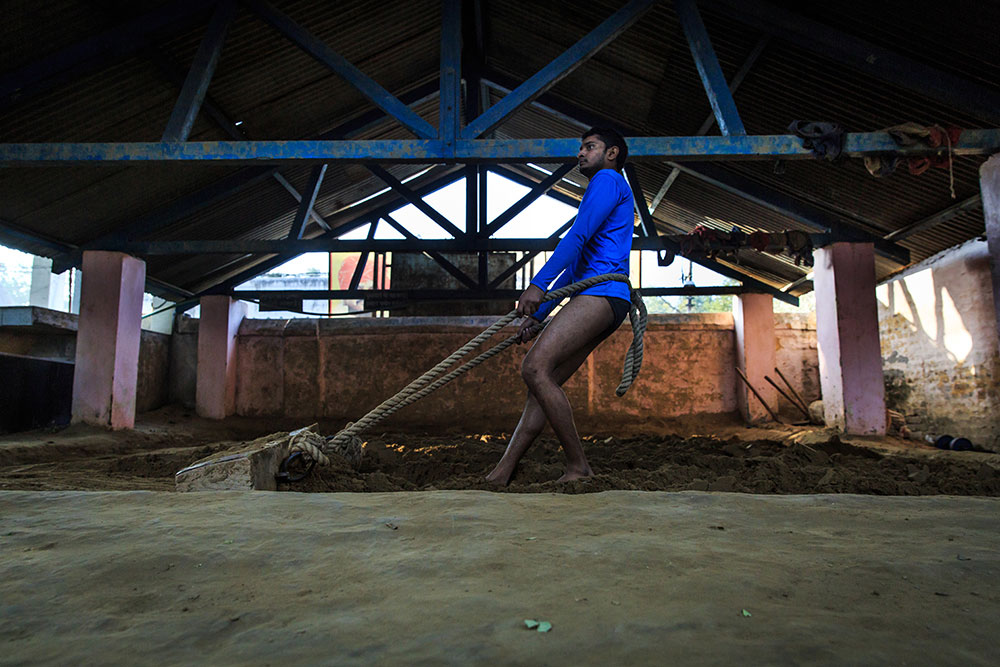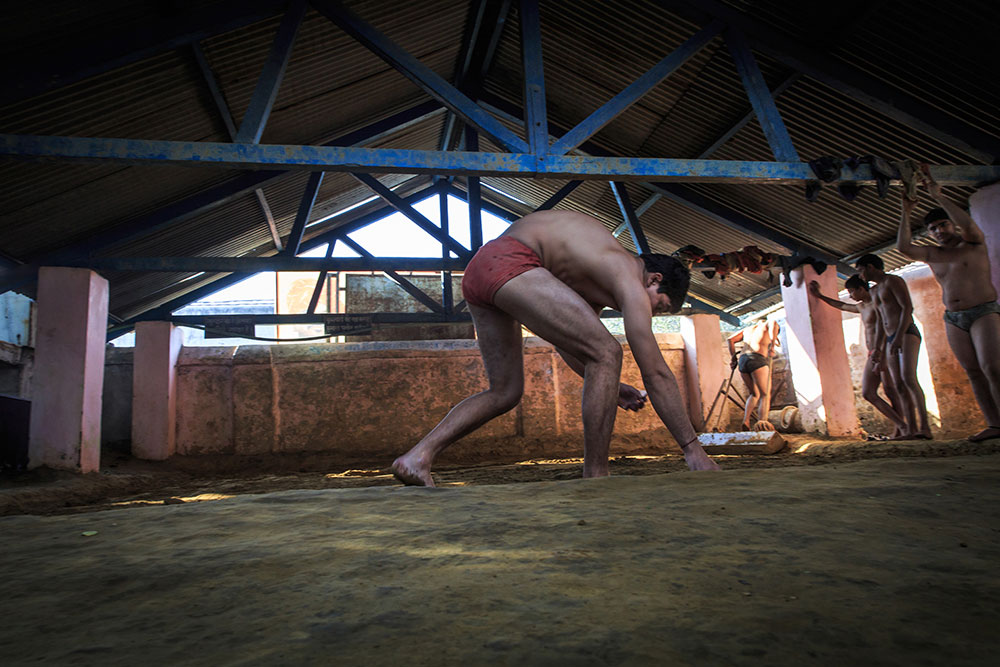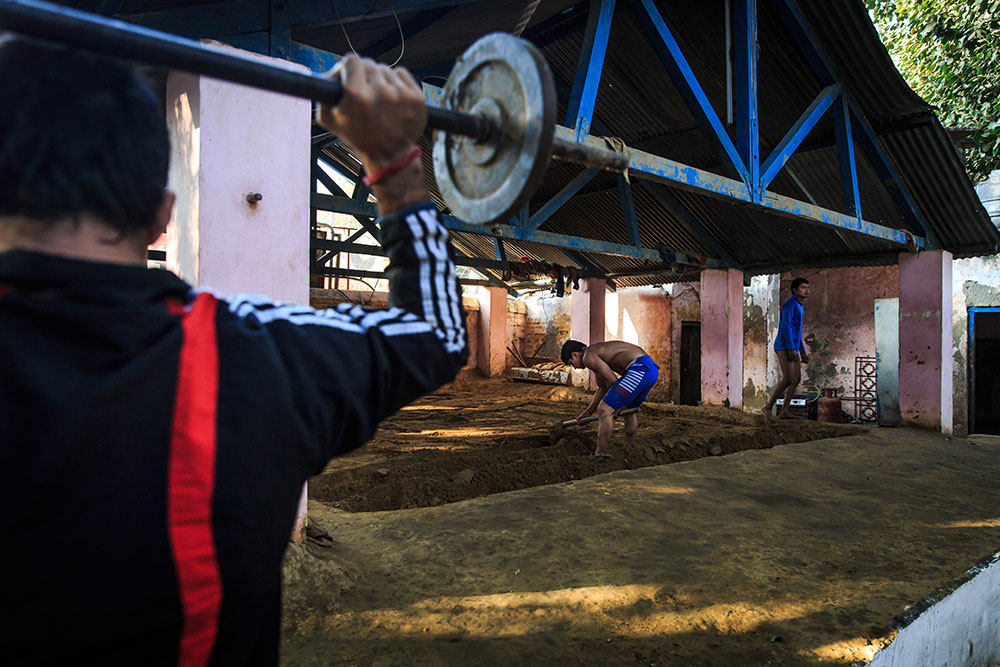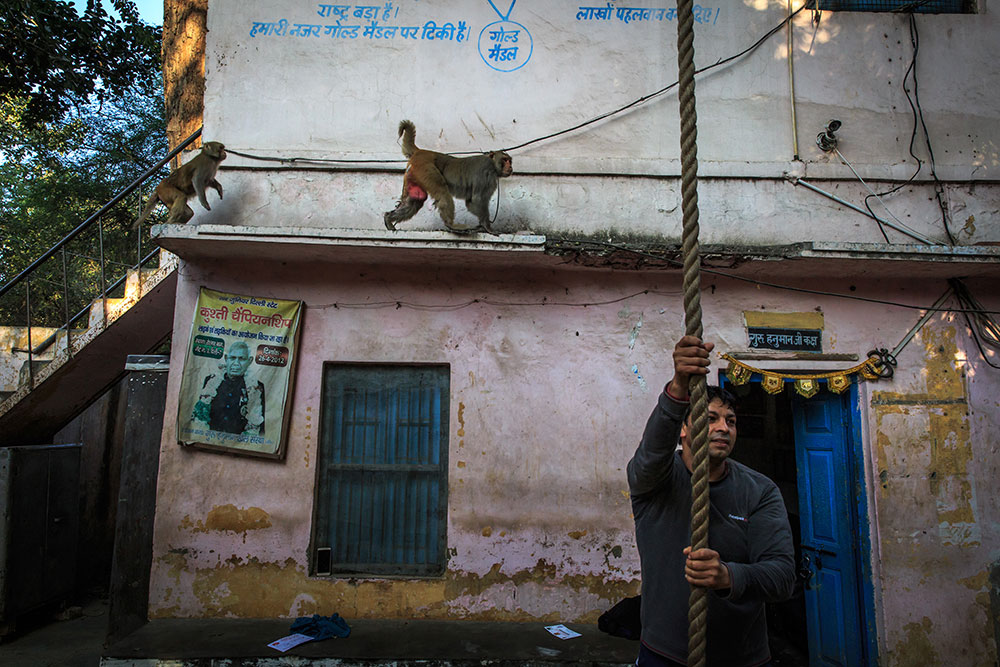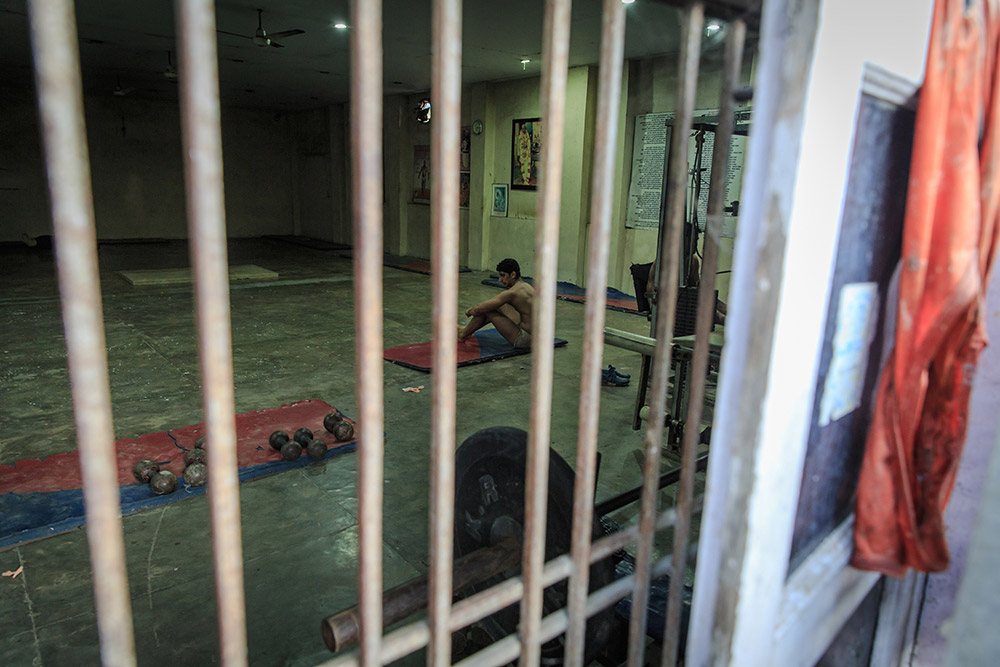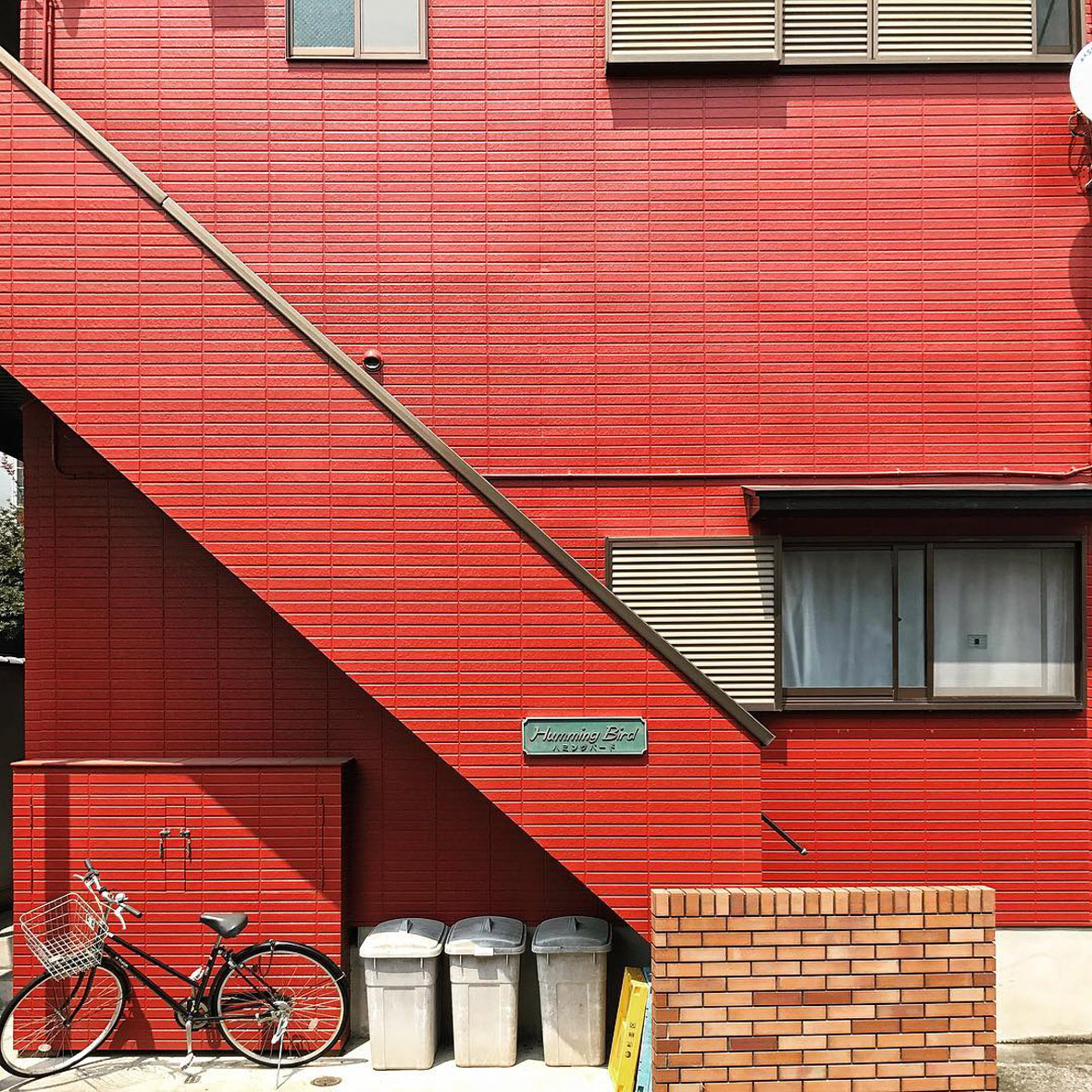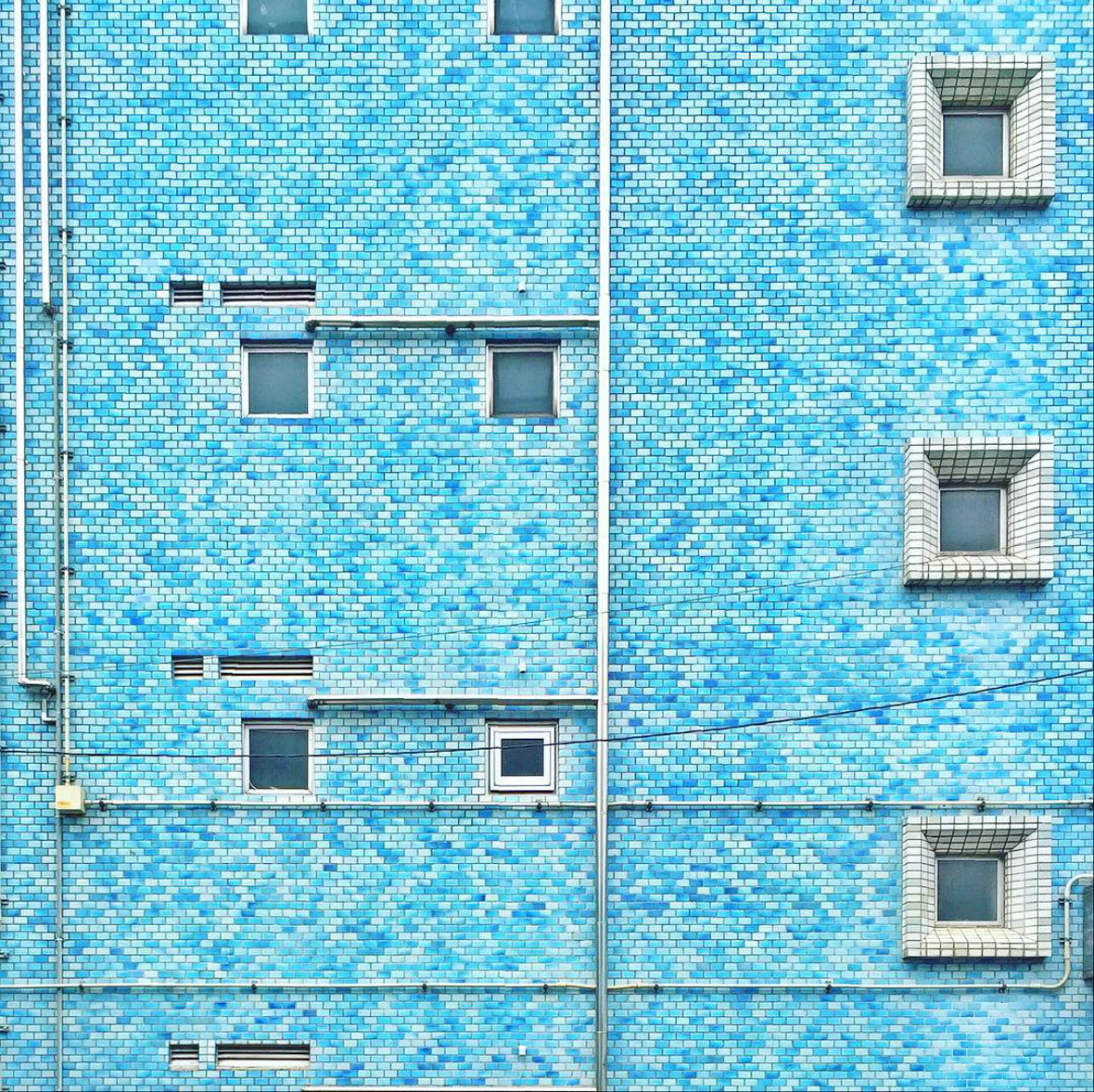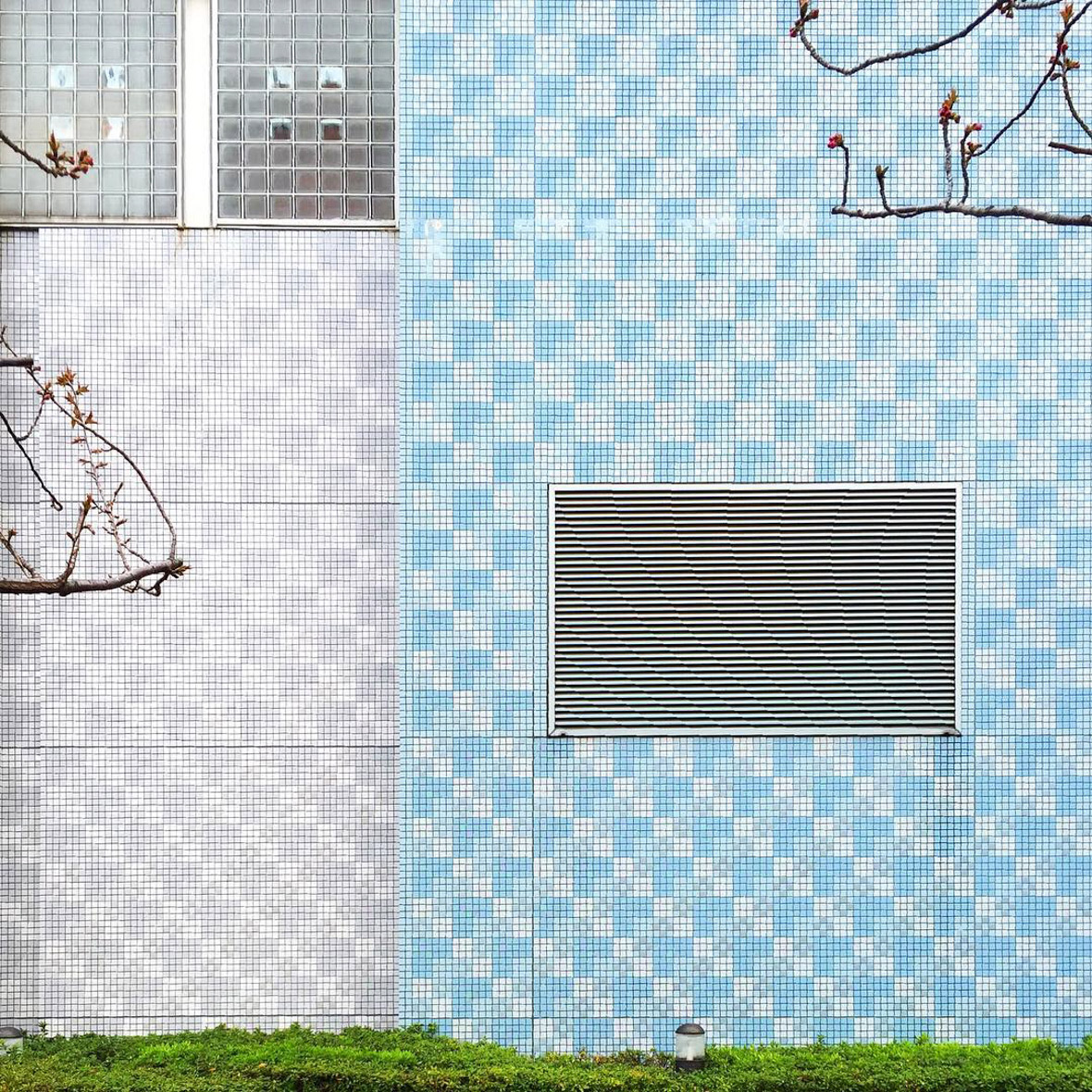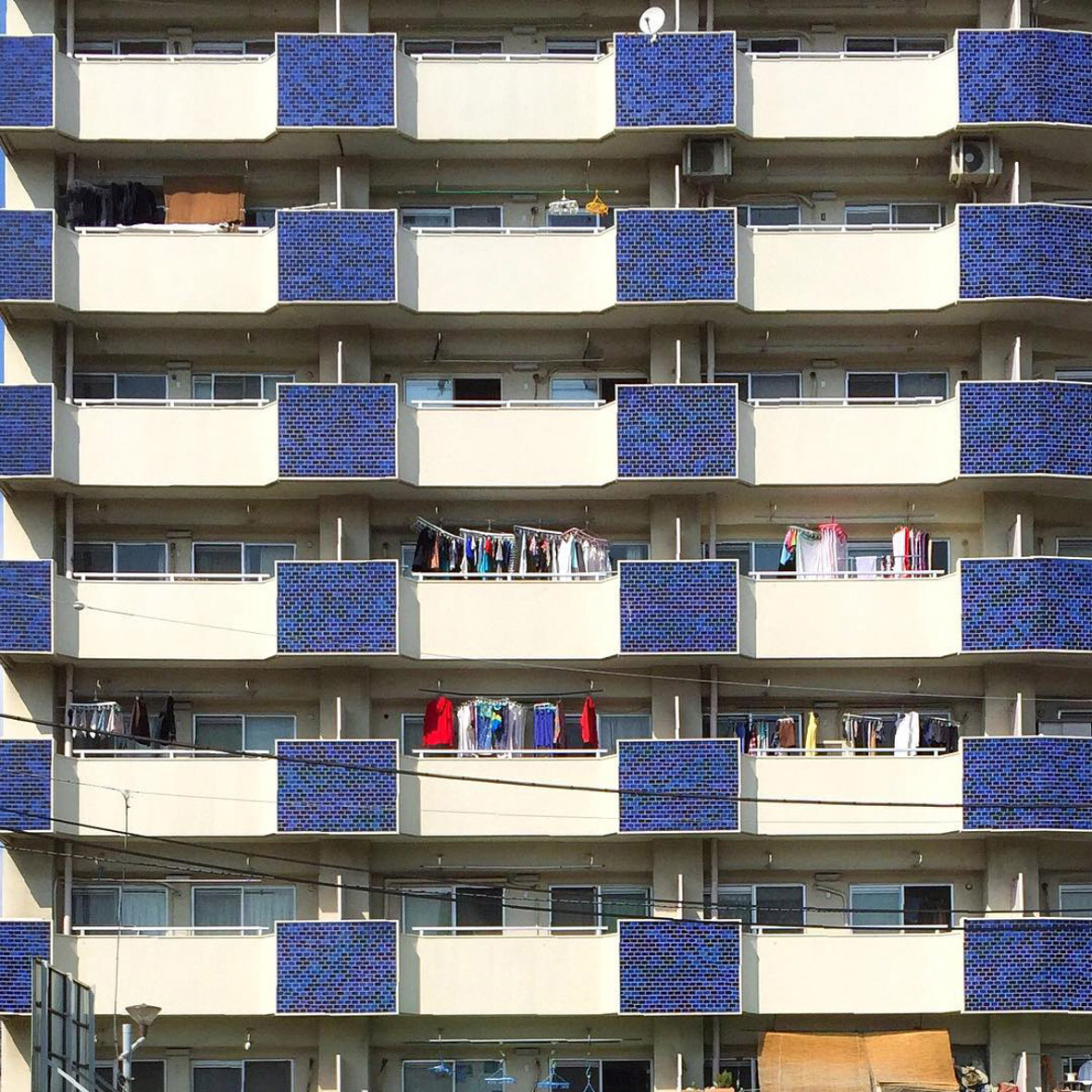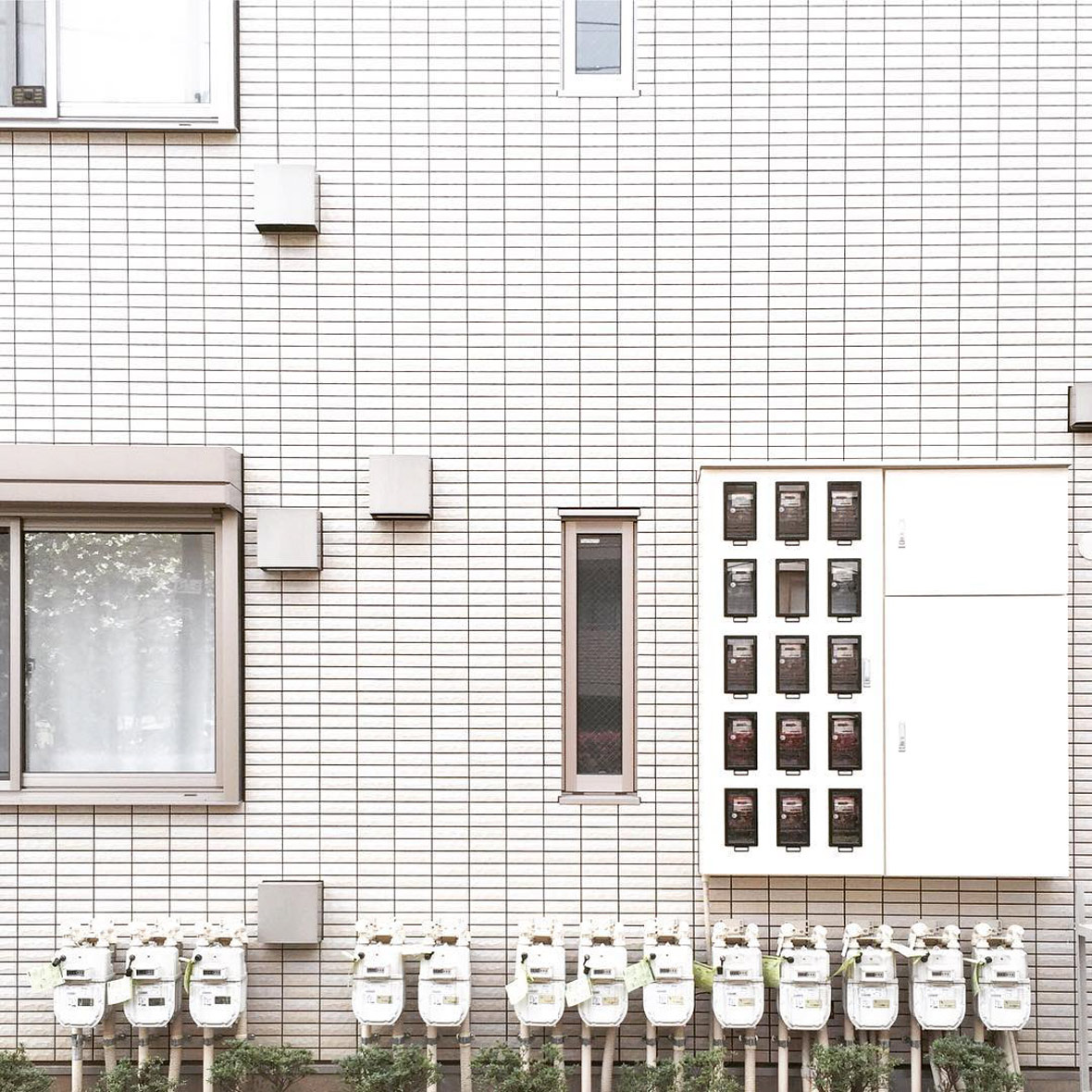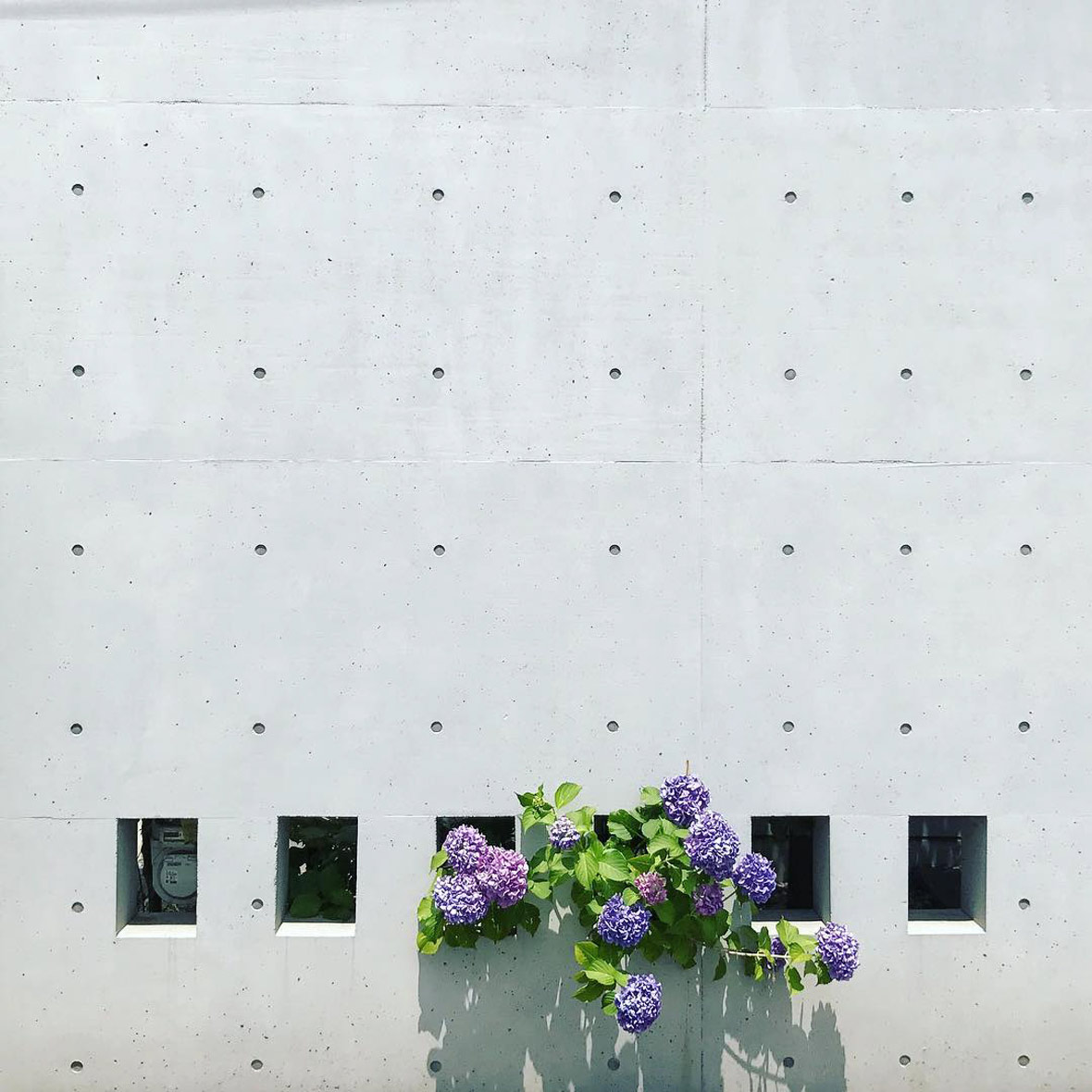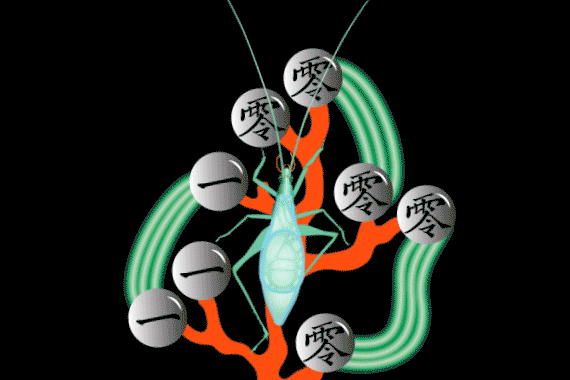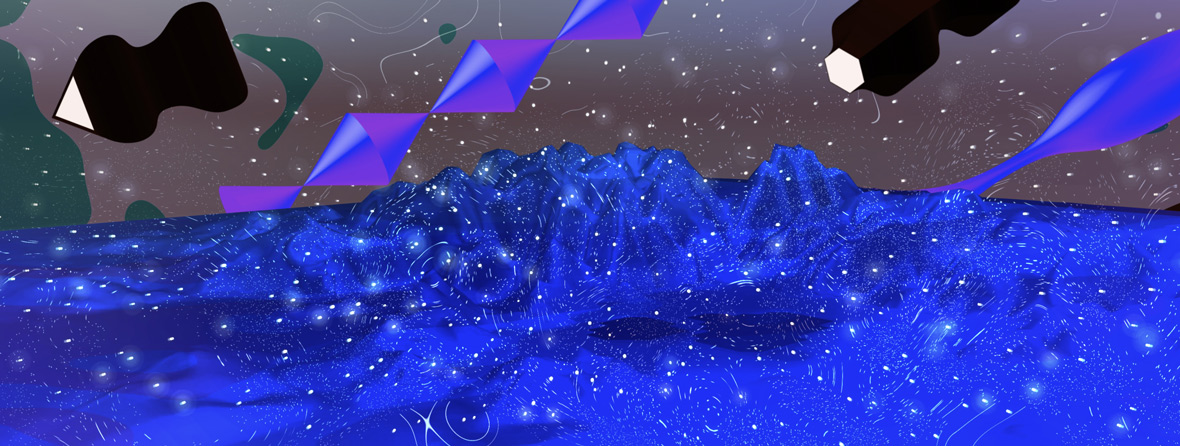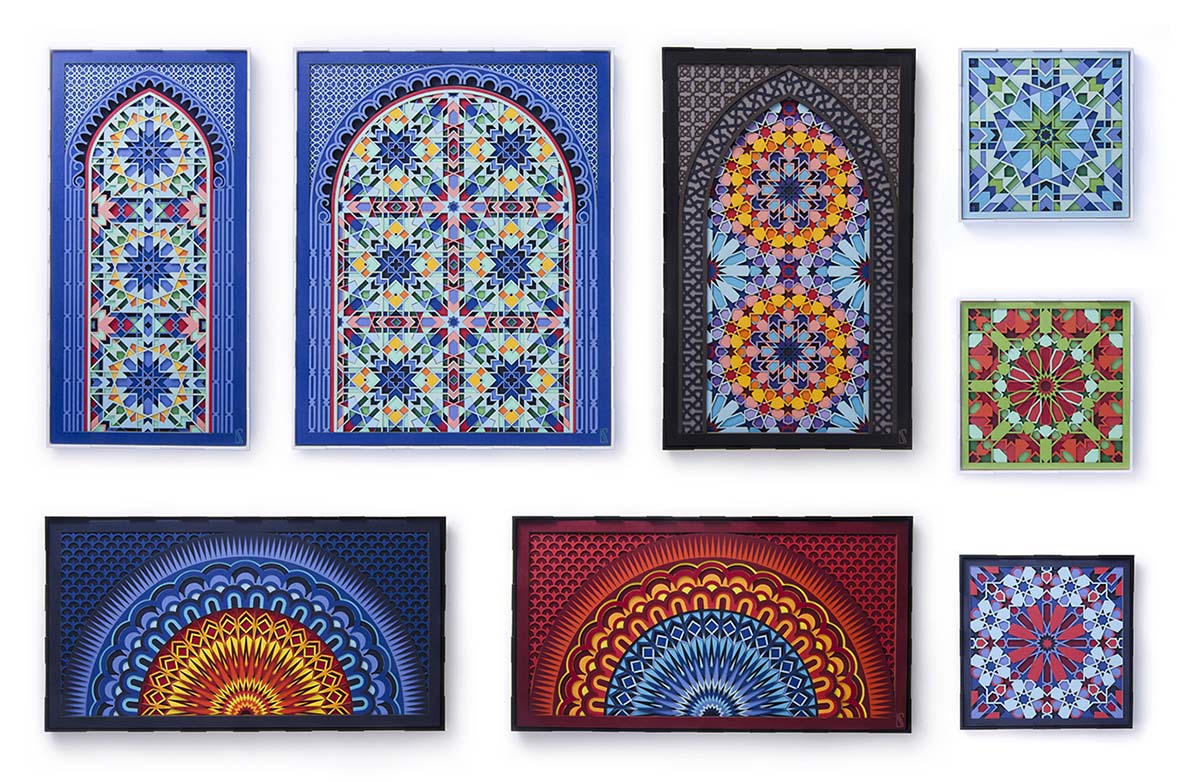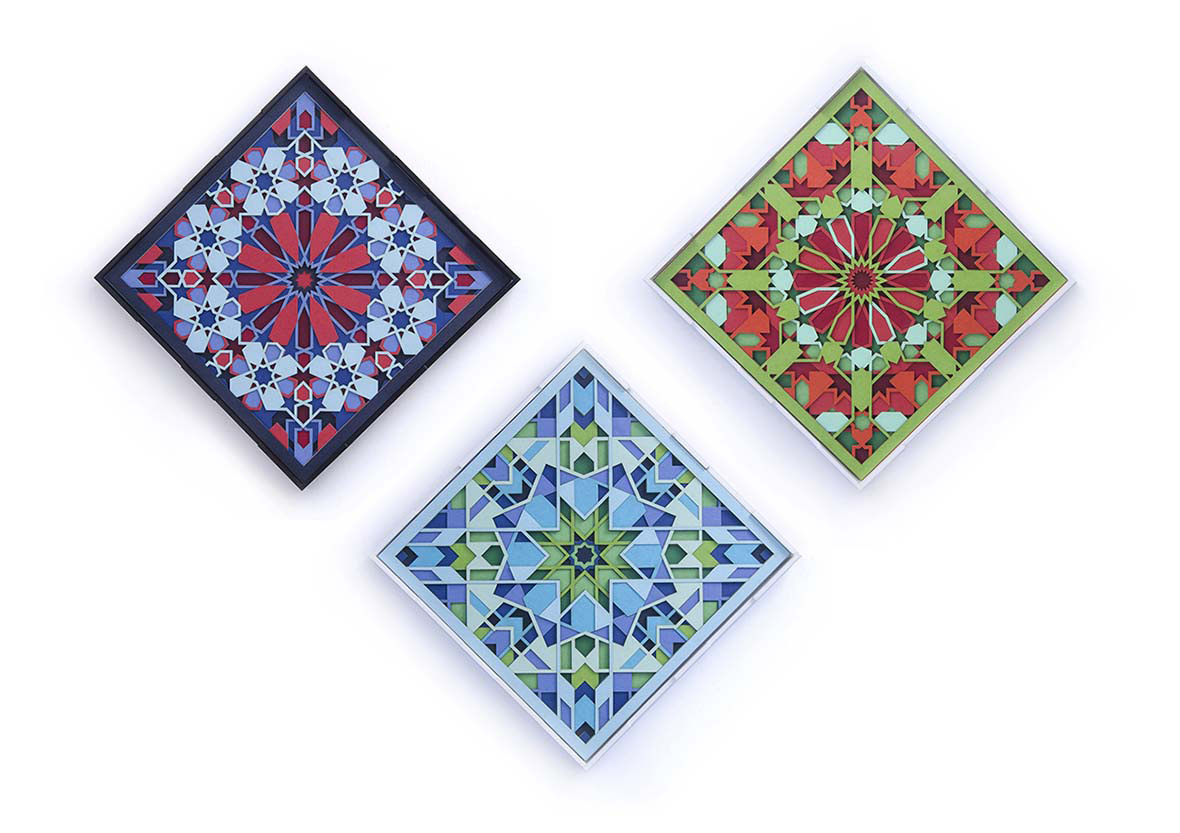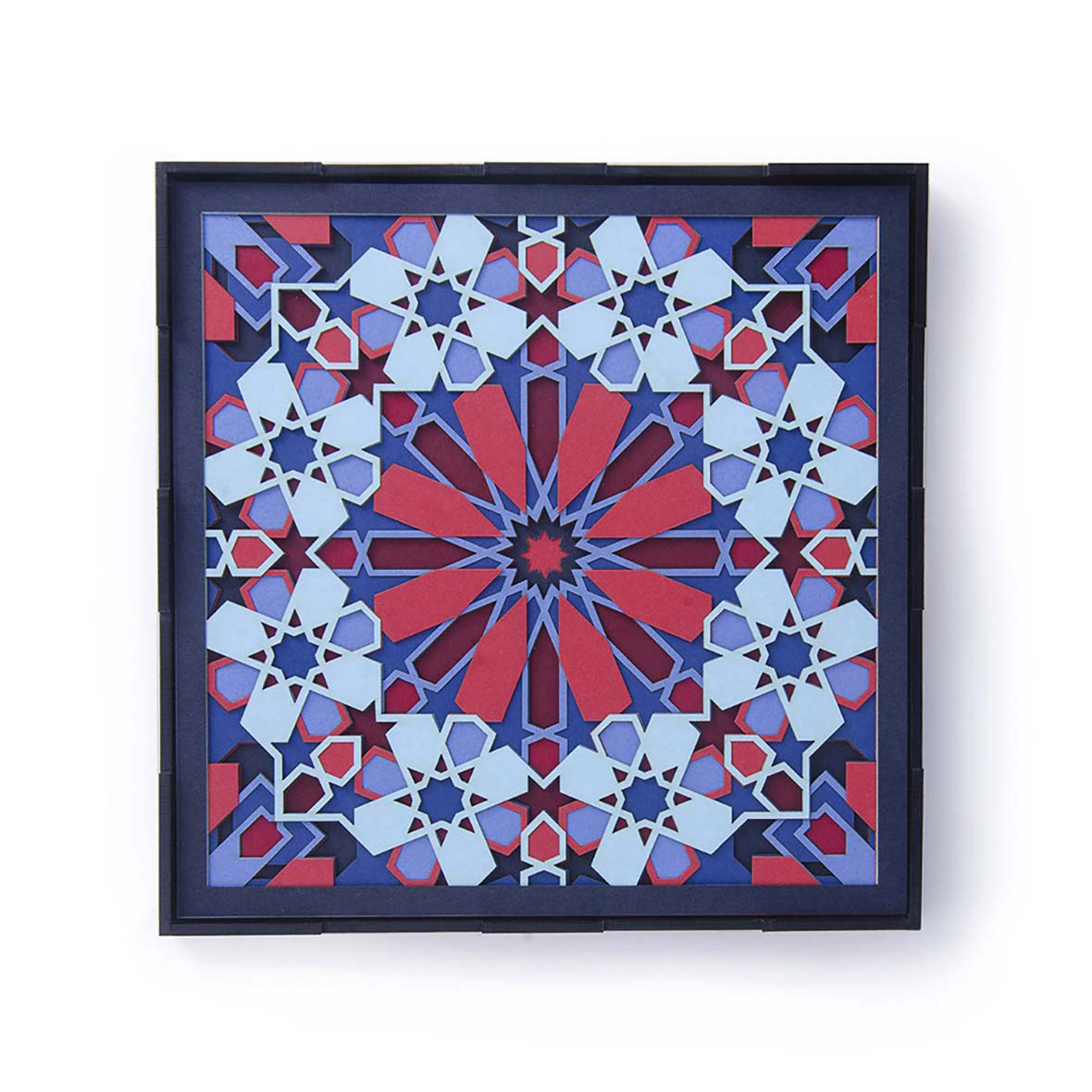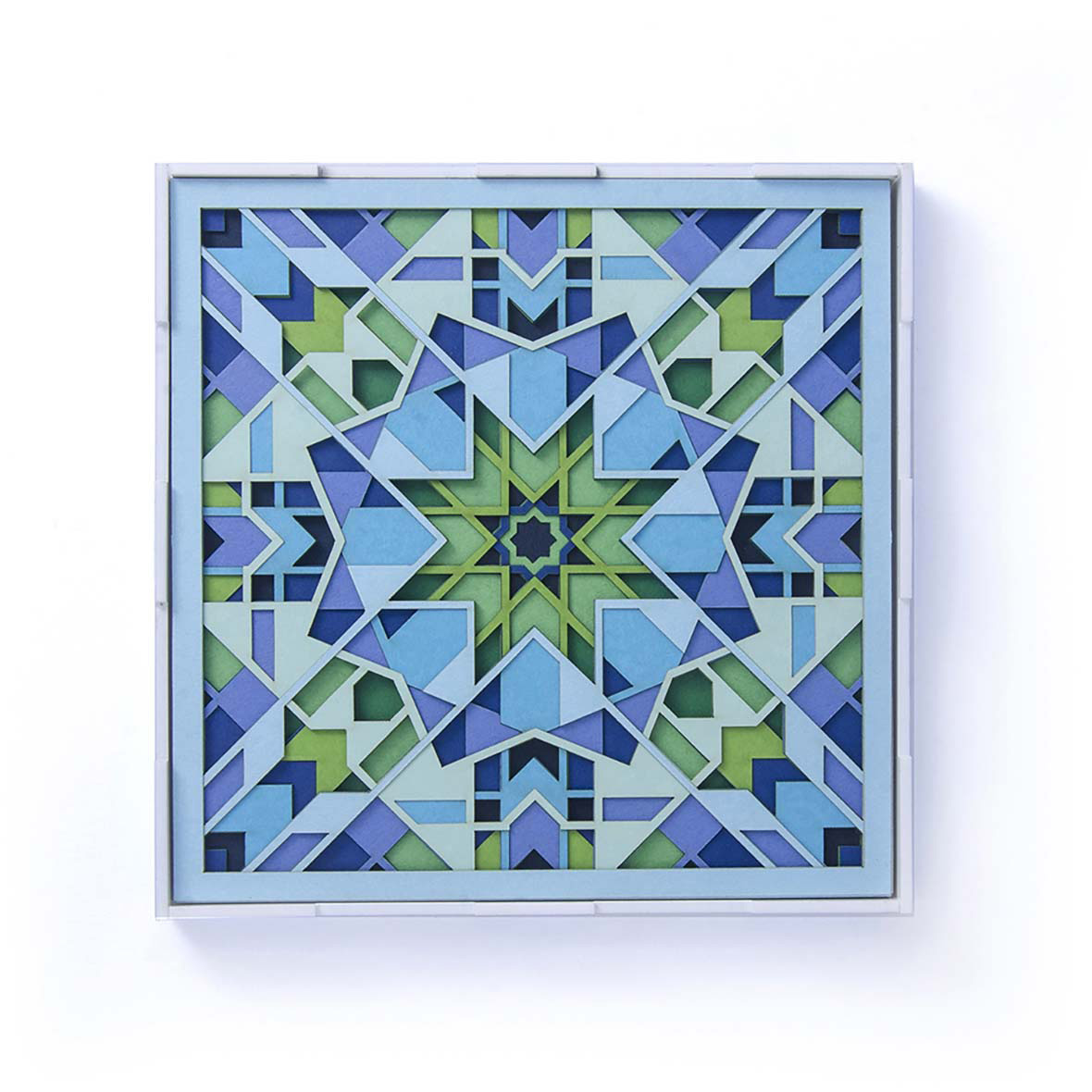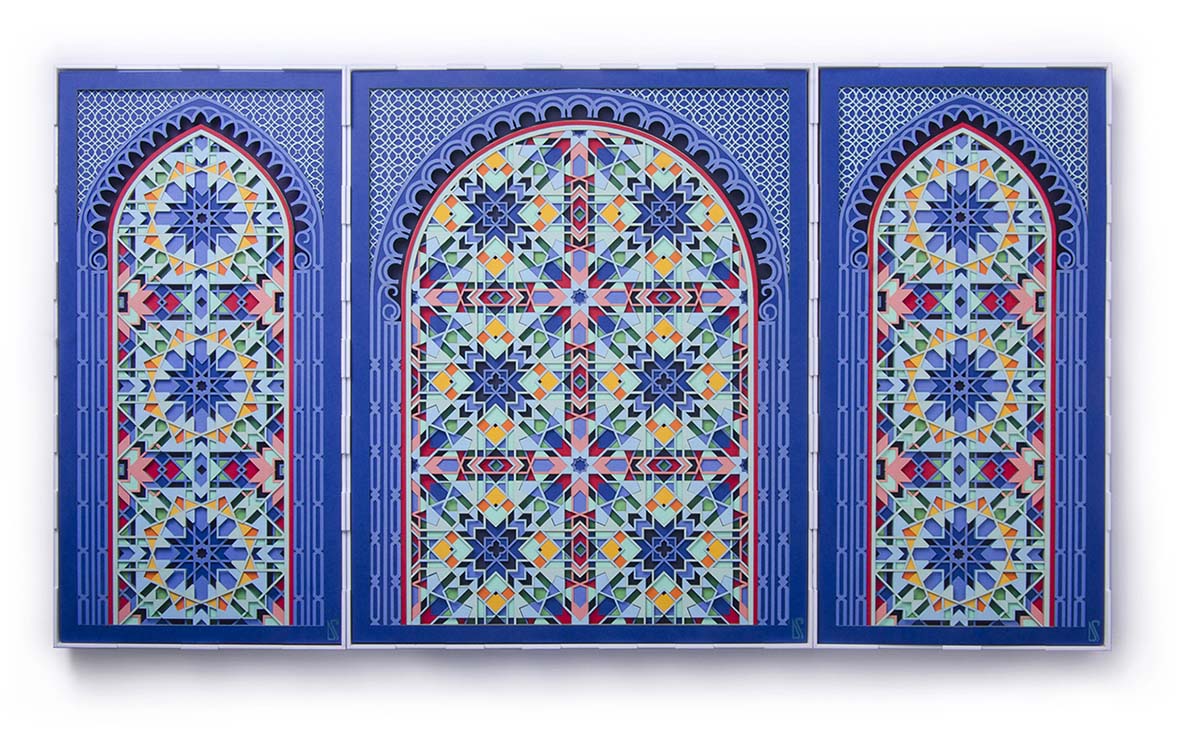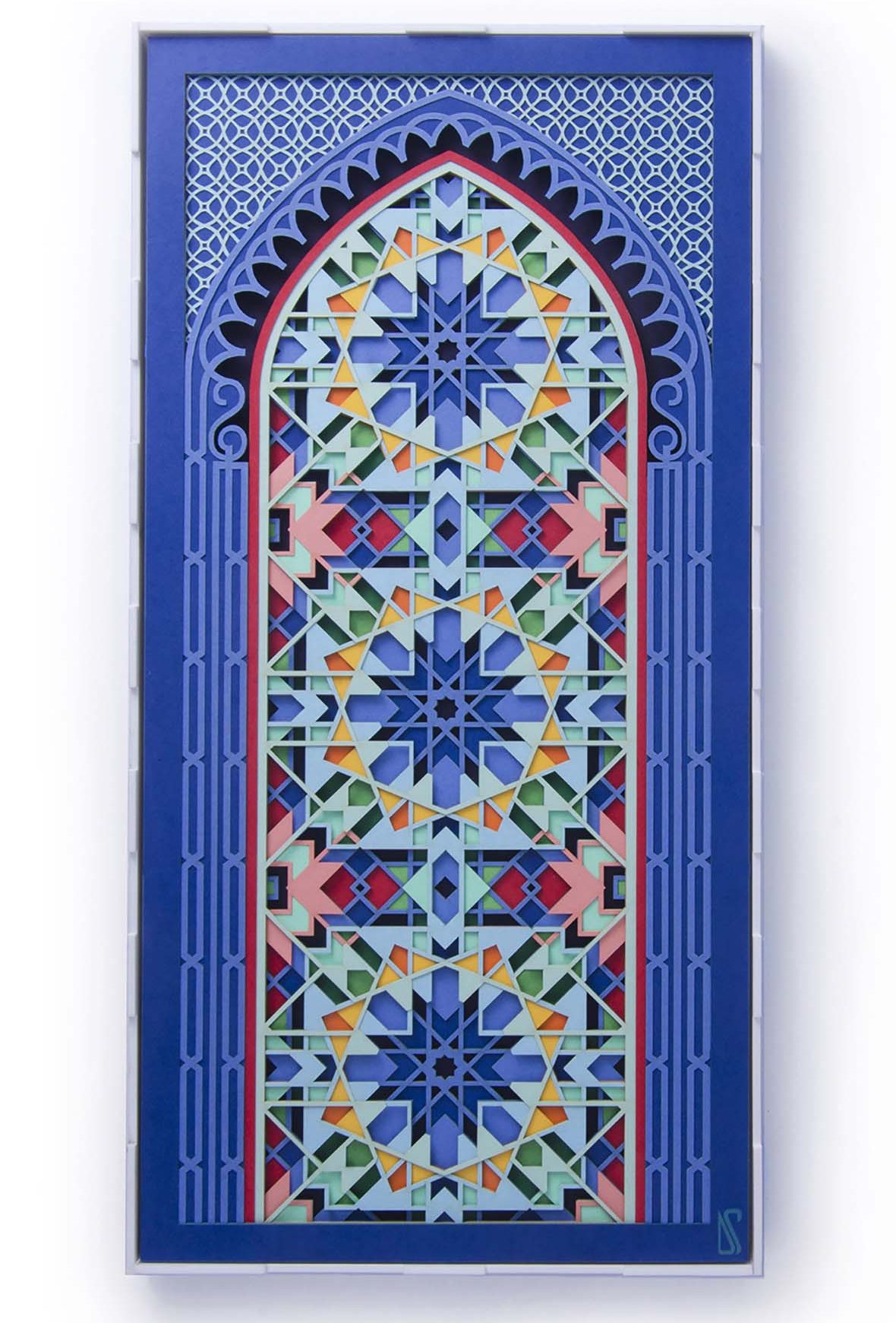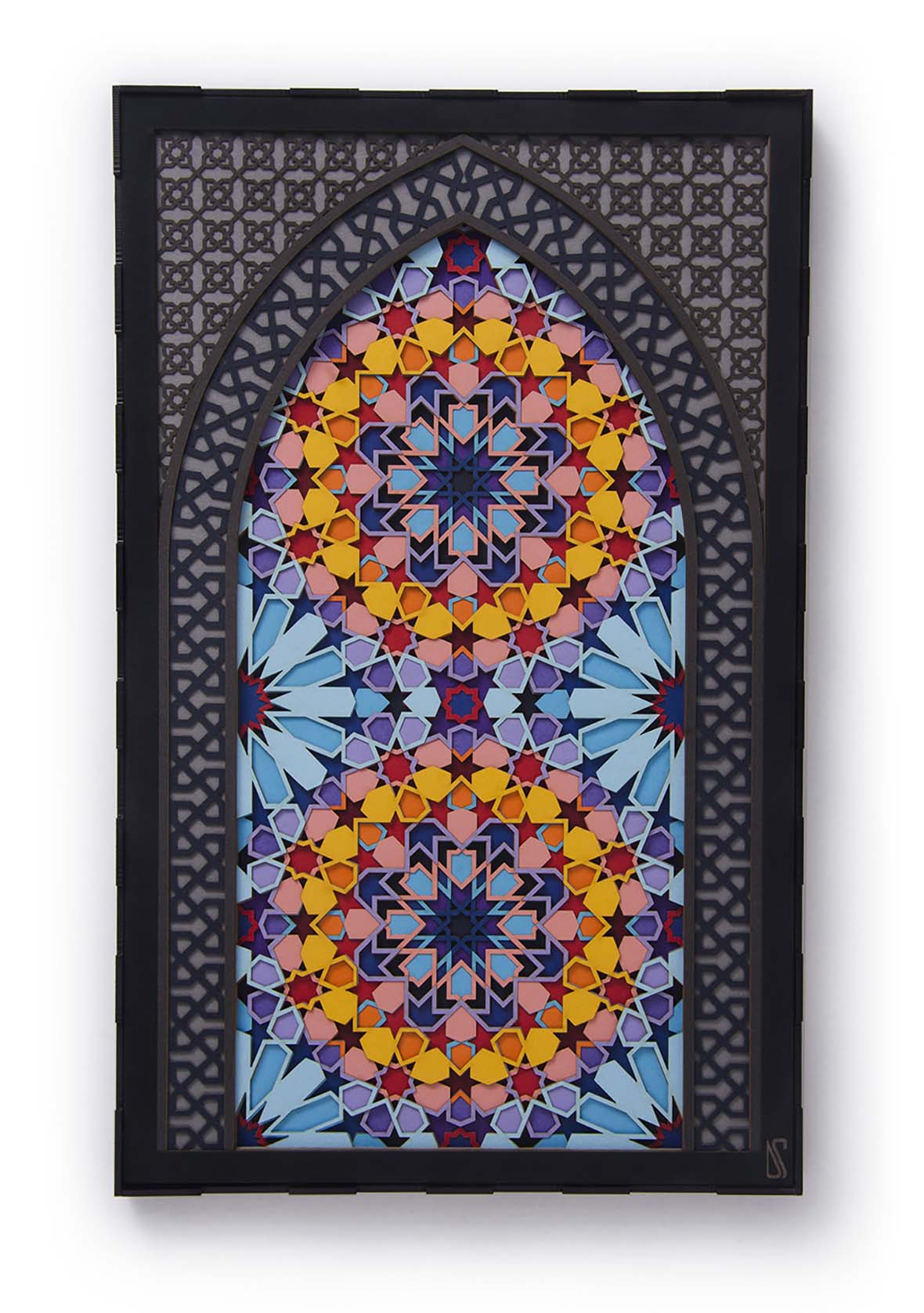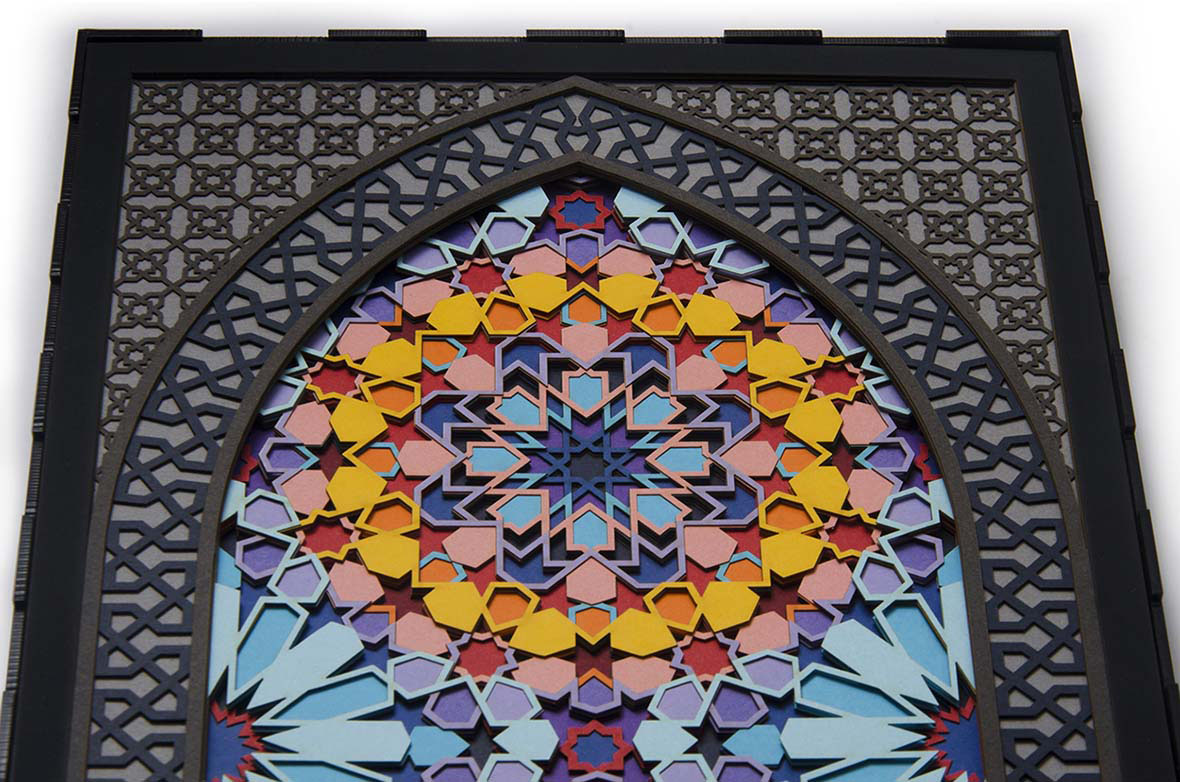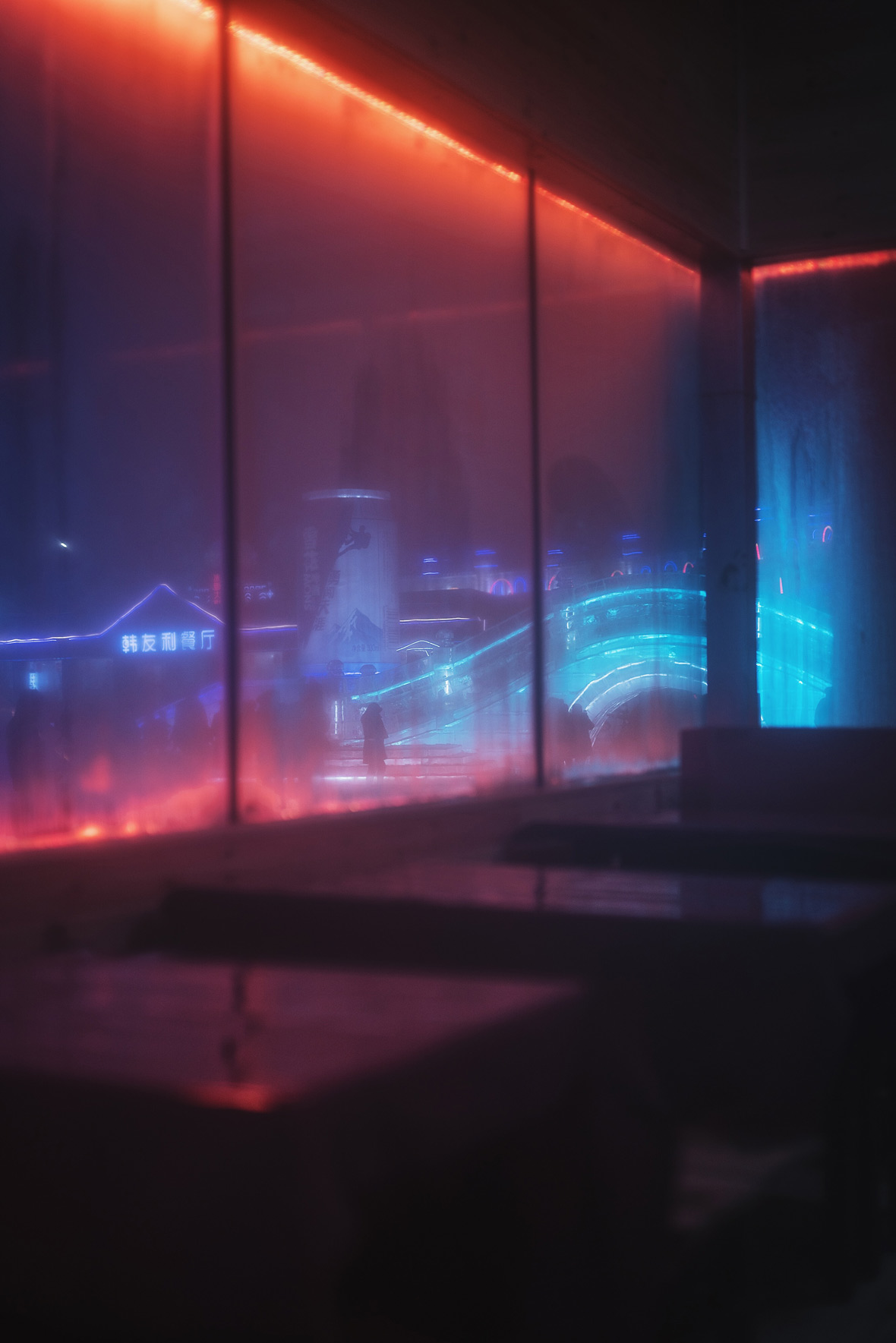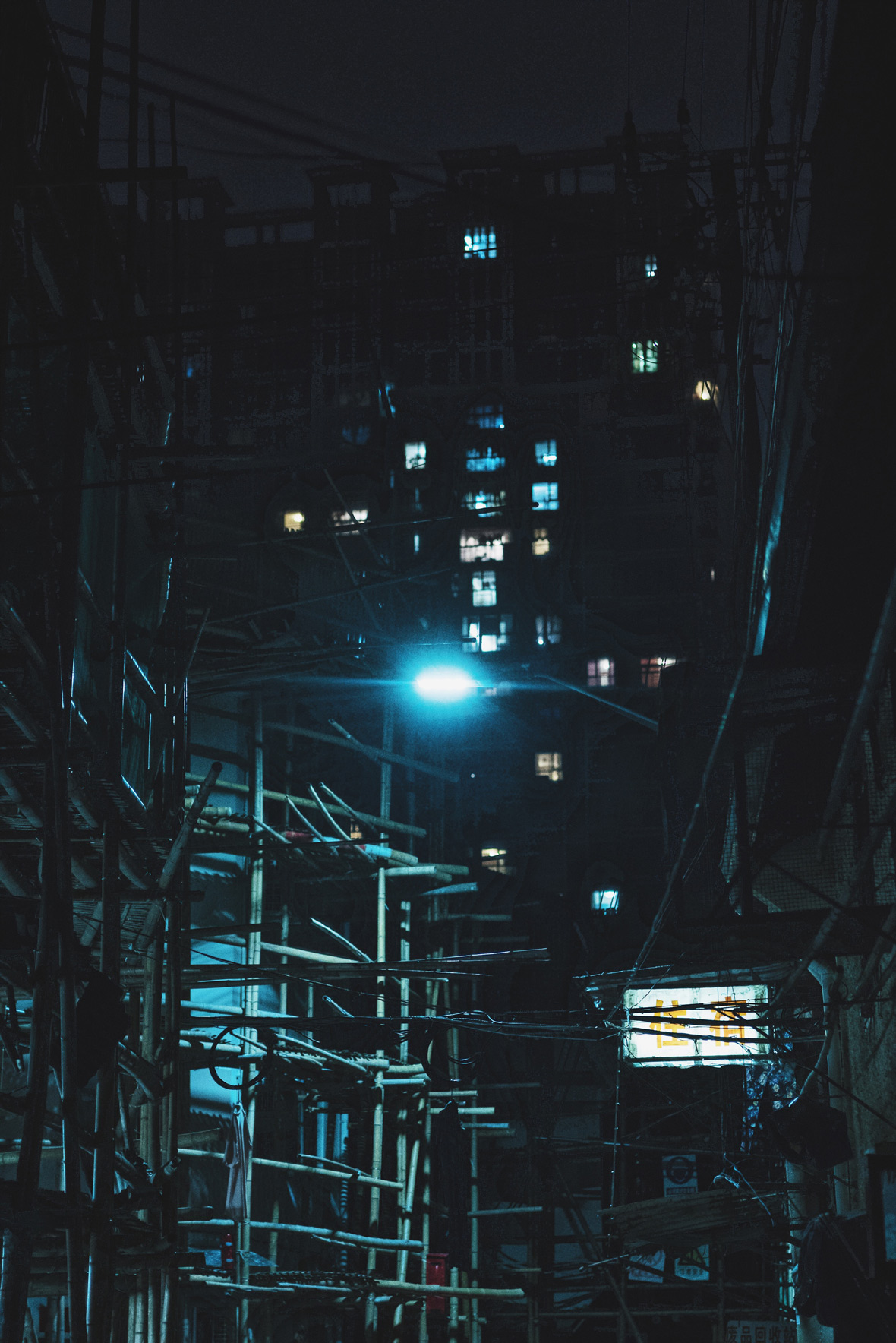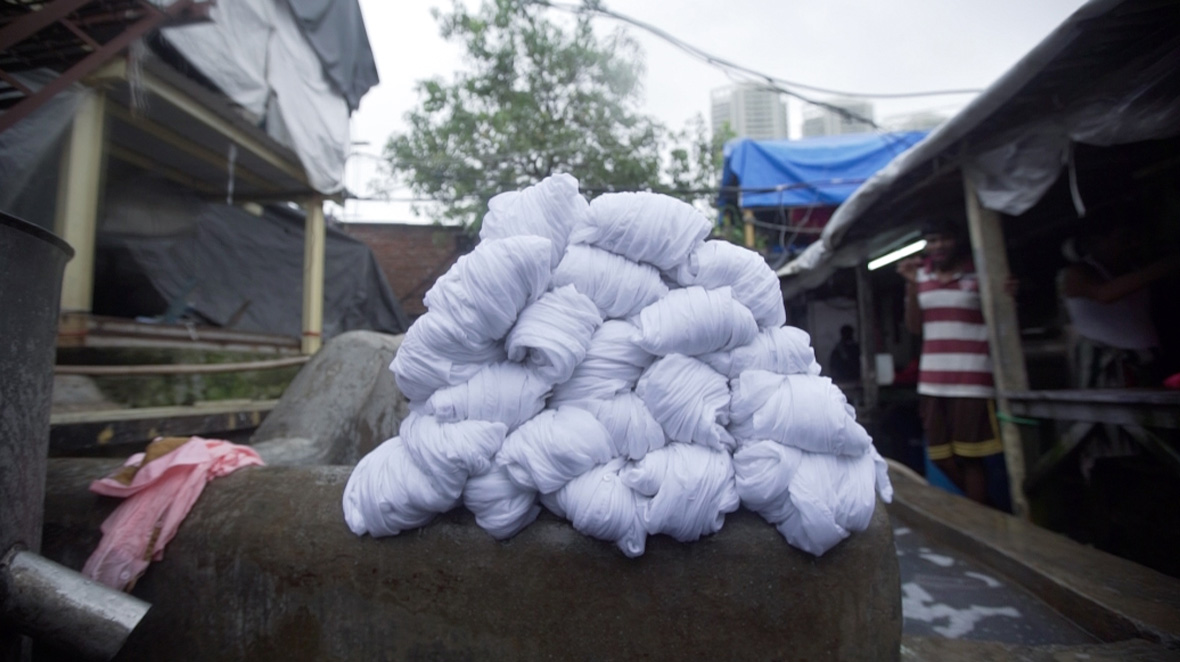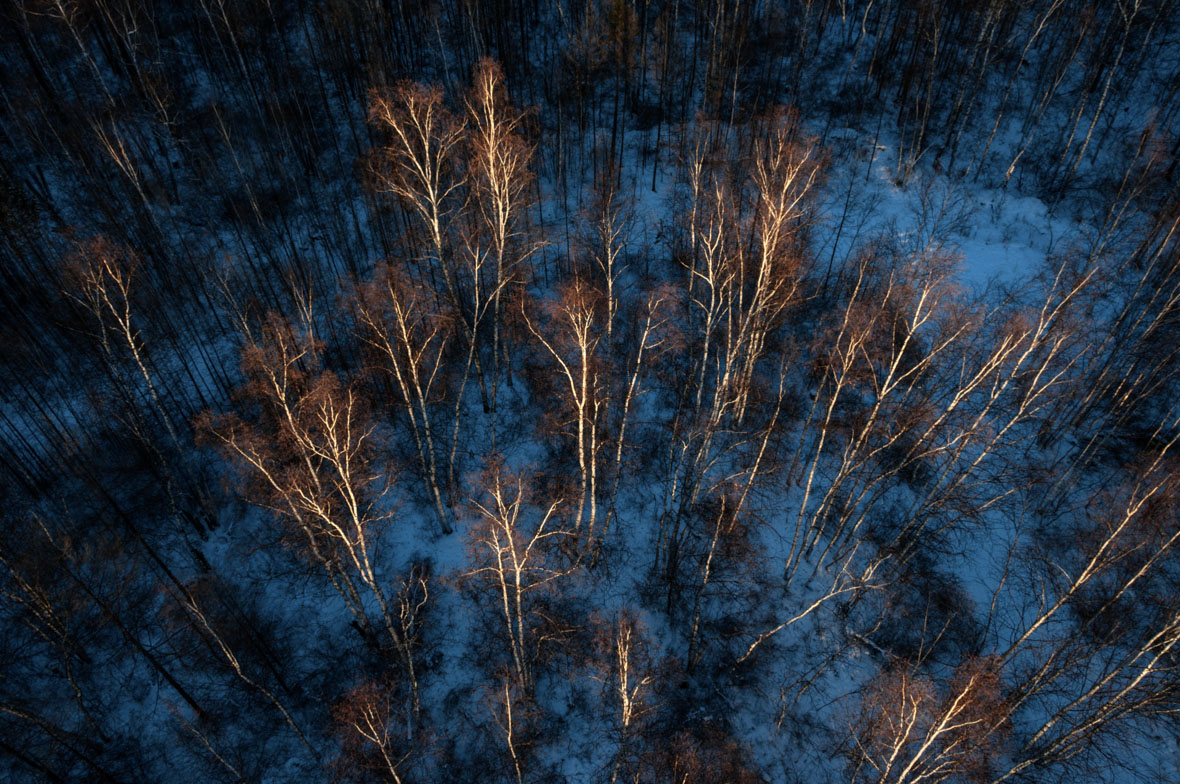
The Daxinganling forests lie in the extreme north of China, where temperatures drop below negative 40 degrees Celsius in winter. Spanning Inner Mongolia and Heilongjiang provinces, this forest is estimated to hold half of China’s lumber supply, but since the establishment of forestry divisions there in the late 40s, it has lost nearly all of its primeval forests to logging.
For over six decades, the people of A’long Shan prospered by felling the forest that held them. In 2015, the Chinese government established Daxinganling as a “strategic lumber reserve” and prohibited logging. Since then, the town has lost three-quarters of its population, including most of its youth. Once 40,000 strong, the town of A’long Shan is home to only 7,000 residents today. Like dozens of other lumber towns in the region, A’long Shan must find a way to thrive with the forest instead of at its cost or face certain ruin.
大兴安岭林区在中国最北边,跨内蒙古、黑龙江两省,纬度高,严寒,冬天气温经常在 –40℃ 以下。曾经,中国有一半的木材供应量都来自这片森林。上世纪 40 年代末,这里设立了林业部门、开始大规模伐木。阿龙山人也因此得以靠伐木起家。在过去 60 年里,镇上人吃的是“伐木”这碗饭。而时至今日,大部分的原始森林都被砍伐殆尽了。
直到 2015 年。
大兴安岭林区被定为国家木材战略储备基地,禁止采伐。从那时起,这个小镇流失了四分之三的人口,年轻人几乎全体“出逃”。这个曾拥有 4 万以上人口以上的阿龙山镇,到如今只剩 7000 多人。和大兴安岭林区其它几十个曾经的伐木重镇一样,阿龙山必须找到一条与森林共繁荣的路。

I grew up reading about the majesty of Daxinganling. I had imagined fields of thick pines stretching into the horizon but when I looked out the window of our jeep as it cut across the mountain, I saw trees tall and lanky in a forest sparse and frail.
“How old are these trees?” I asked Zhang, my local friend, thinking they must be in their teens.
“About thirty years old.” He answered. “Trees grow real slow here.”
He had caught the disbelief in my eyes.
“We chopped down this one tree before that was about this thick,” he outlined an imaginary bowl with his hands. “It was filled with rings. A scientist used a microscope and counted to about 300 years! This small,” he motioned again. “Three-hundred years! That must’ve killed his eyes.”
He watched the young forest spreading on the distant hill like an overgrown crew cut, and continued, “This area’s been cleared three or four times already. The old forest is long gone! You might still find some if you go real deep.”
Zhang used to work in forestry when it was still the lifeblood of the town. He saw trees so thick they took five men to cut; he saw the mountain swallow work teams two hundred strong and spit out truck after truck piled high with logs. Back then, he had thought the forest infinite. Back then, he had kept his friends stocked with meat and booze and had kept the numerous roads clear for their trucks. Now, only one road remains.
“We cut down too many.” Zhang sighed. “It takes so long to grow but we cut one down in ten minutes. The government’s doing the right thing protecting the forest.”
He fell silent and watched the forest fly by.
在我的小学语文课本里,大兴安岭被描述成一片壮观的森林。我想象这片中国最大的森林,应该长满了粗大、挺拔的松树的林海,无边无际。但是,当吉普车在山间穿越,我透过窗户看到的,却是一片片稀疏的树林——一棵棵瘦高的树干,好像正在窜个子的少年,纤弱得惹人怜。
“这些树多少年了?”我问当地的朋友张叔,我觉得这些树大概都是新种上的。
“三十多年。”他回答说。
“这儿的树长得慢!这儿生长周期短!”他说,“以前我们砍过一棵树,也就那么粗,”他把两只手拼成一只碗口状,“里面密密麻麻的都是年轮。科学家拿显微镜数,数到三百多年!呵!那可得把眼睛都数花了!”
年轻的森林像刚剪了的寸头,在远处圆润的山坡上蔓延开去。
他接着说道:“这片儿已经被砍过三四次了。原始森林早没了!只有扎得更里头去也许还能找见。”
张叔曾经在林业部门工作,当时砍树还是阿龙山镇的主业。他说,那时候有很粗的树,要四、五个人一起才能砍倒;他还说,那时候到了冬天,几百人的大队往山里钻,几个月不见人出来,只有载满了木头的大卡车一辆辆地往外开。那时候,他觉得山上的木头永远砍不完,而他只忙两件事:一是给山里的同事送酒肉,一是铲净每条山路上的雪,保证大卡车进出安全。
现在,山里只剩下这一条路了。
张叔叹息道。“以前确实砍得太厉害了。你想想,三百多年才长呢(那)么粗,我们十来分钟就砍了。政府保护森林是对的。”他转过头沉默不语,看着森林的风景在眼前唰唰而过。

The forest needs time to recover. But since the sudden demise of forestry, the townsfolk have found nothing with which to replace it. Stuck in this quagmire, they wait, some for a chance to leave, others for miraculous release from their predicament. Like all those who have surrendered their fates to powers greater and more mysterious than their own, they pass their time with cheap entertainment and gossip, believing that in the end, all will be well.
森林需要休养生息了。而人,还困在泥潭里。几十年靠林子吃饭,现在他们没有了经济来源。一部分人去大城市打工,一部分人坐等奇迹。和许多人一样,他们把自己的命运交给了一种强大而神秘的力量,每天只通过廉价的娱乐和唠嗑儿打发时间,相信最终一切都会好起来。
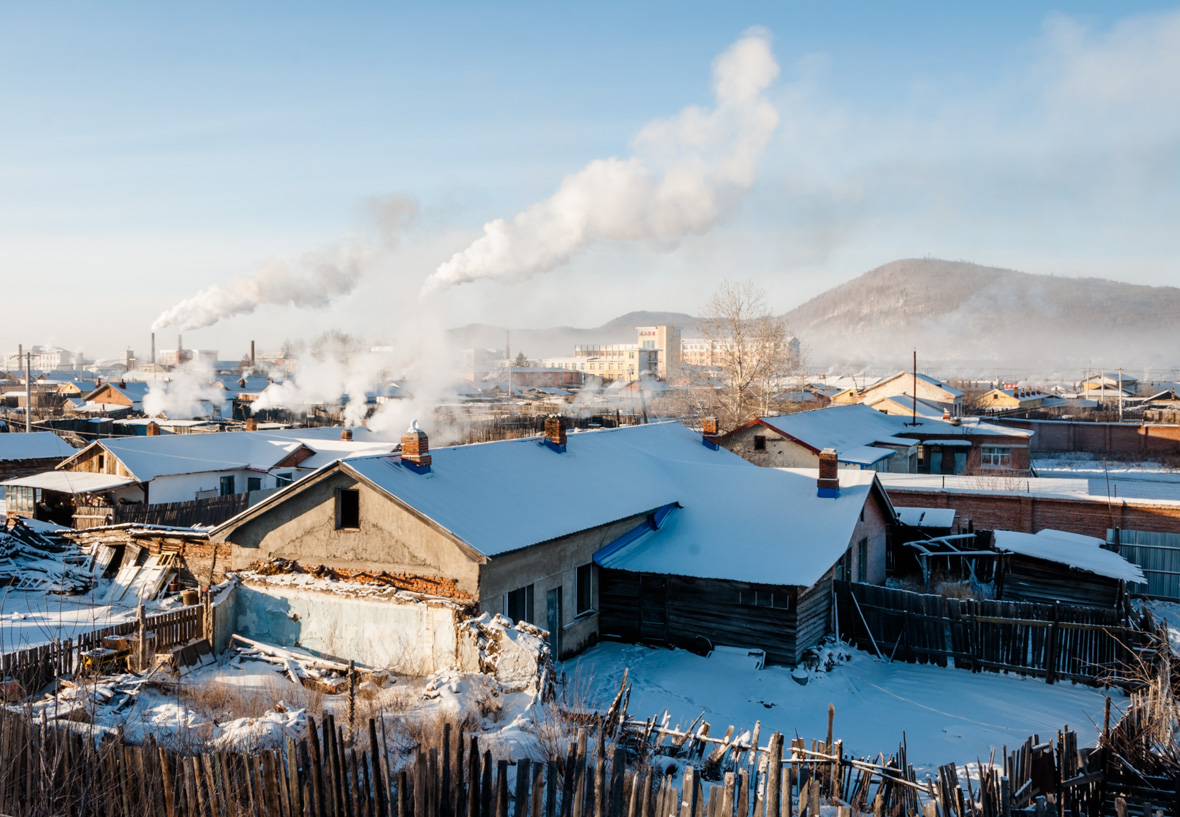
Every night, over glasses of baijiu (a strong Chinese spirit made with grains), Zhang and his underlings – Jin and Gu – share news on which drunkard had frozen to death after falling asleep in the snow. Besides gruesome deaths by the cold, they liked to talk of one other thing: foraging. It was only through their descriptions that I could imagine the forest in summer and fall – in a sea of green, wild berries and nuts of all colors ripen and release their fragrance. Out of work, many of the townsfolk spend the entire fall foraging for savory wild mushrooms, blueberries, “red beans” (which turned out to be cranberries), and unctuous pine nuts, all of which can be sold to collectors at decent prices. Some make 40,000 yuan a year foraging. They passionately described the times they discovered hidden treasures in the forest – bushes laden with “red beans” or patches of open earth covered with the best kind of wild mushroom, still untouched, of harvests so plentiful that they had to haul 50 kilogram sacks back to town.
我在的这段时间,每天晚上张叔和他的下属金大哥(Jin)和谷大哥(Gu)都非要陪我喝酒不可。喝上了,就要“唠唠嗑儿”——不是唠谁又喝多了,半夜在雪地里睡着冻死了,就是唠“采秋儿”。采秋,就是秋天上山采野果子。如果不是听着他们的描述,我很难想象到这片森林在夏天和秋天的样子——一片绿色的海洋里,五彩缤纷的野果和坚果挂满枝头,发出香味。
不让伐木了,好多人就进山采秋。山里野味儿多呢,有散发着泥土和木头香味的野蘑菇,酸甜口儿的“嘟市”(蓝莓)和泡酒用的“红豆儿”(蔓越莓)还有香喷喷的松子。所有这些食材都可以用不错的价钱卖出去。通过采摘野生食材,有些人每年可以赚4 万多元。
他们兴致勃勃地讲述在丛林中发现“秘密宝藏”的旧事,那是长满红豆儿的灌木丛,或是长满了顶级野生蘑菇的开阔草地,收获如此之丰,他们有时要把 100 多斤的麻袋运回镇上。
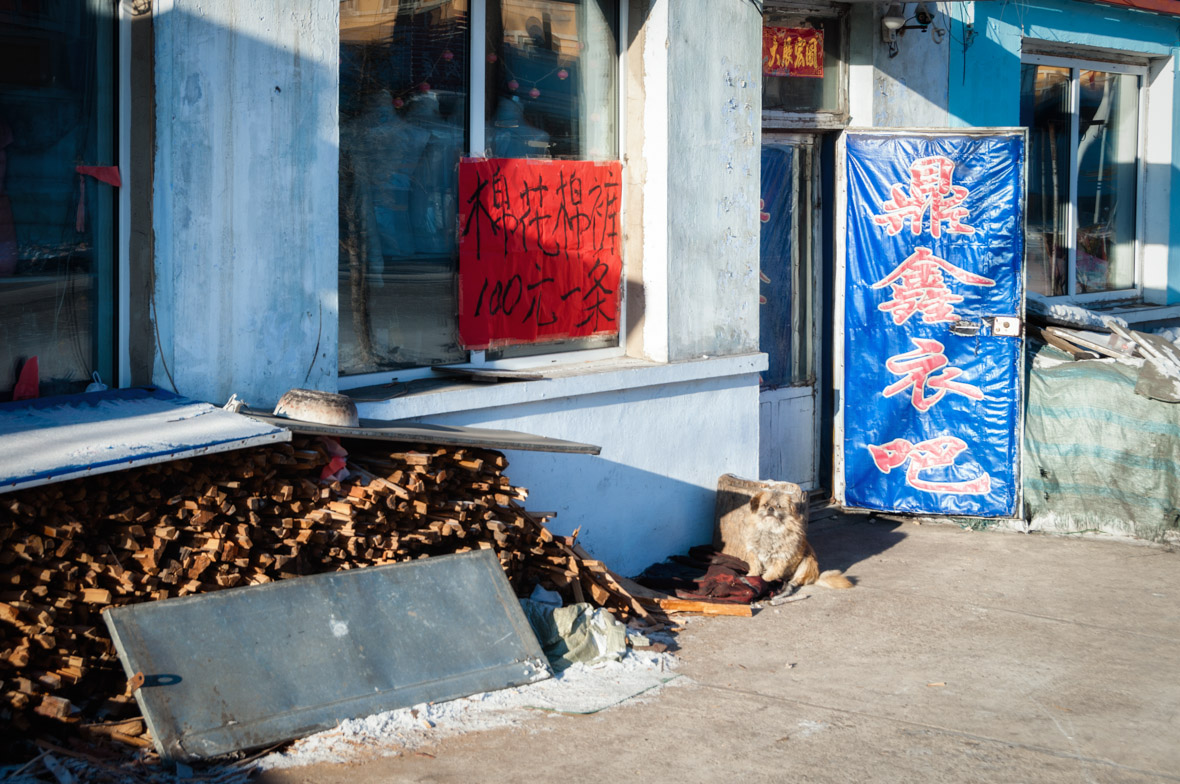
“What if you started a factory here?” I suggested hopefully. “To make dried wild fruits and nuts? They’d sell for 50 yuan a bag in Beijing! People there love the organic stuff! And that would give people here the incentive to protect trees.”
What excitement remained was immediately extinguished by looks of pity.
“We tried before. It doesn’t work.” Zhang shook his head.
The topic was changed before I could ask why.
Though Zhang was born in A’long Shan, his family came from Penglai, a town by the sea in Shandong Province. Part of a massive movement to populate and develop frontier provinces, his father migrated here in the 1950s with many of his townsfolk.
In his early 50s and rapidly balding, Zhang has spent his entire life in the forests of Daxinganling and is due to retire in a few years. “After I retire, I’ll go south and live by the ocean with my daughter! Maybe manage an Airbnb or two.” He beamed with drunken bliss.
“要是在这开个工厂呢?做野生果干和松仁儿。到了北京一包能卖 50 块钱呢!北京人可喜欢这些野生的东西了。这样,这儿的人也愿意保护树了。”我满怀希望地建议。
活跃的气氛忽然间凝固了,被一种大人对天真的小孩才表现出的无奈和同情所取代。
“我们试过,不行。”张叔摇了摇头说道。
我还没来得及问原因,他就转移了话题。
张叔生在阿龙山,老家在山东,海边的蓬莱市。他父亲和许多蓬莱的同乡都是在50年代支援边疆、建设东北的运动中搬来林区的。
张叔已经五十多岁,头发也开始秃了。他在大兴安岭的森林里度过了一生,几年后他就要退休了。“退休以后我就搬去青岛,住我女儿旁边。在海边儿整两个民宿什么的,多好,嘿!”他红着鼻头,醉醺醺地冲我傻笑。

I stayed at Long Shan Hotel, one of the taller buildings on the south side of town. The hotel is on the main street along with all other buildings of import, surrounded first by a ring of bungalows that thins with each passing year, then a ring of abandoned log factories and ruined train tracks leading south, and finally, a chain of small hills on which animal tracks become more common than human ones.
There is a tension between the town and the wooded hills that look down upon it. A definite border divides their territories. Upon exiting A’long Shan, the territory of man immediately thins to about two meters – between the edges of the only road through the mountains.
我住的龙山饭店(Long Shan Hotel)在小镇南边的大街上,是座高楼。这条“中心大街”也是仅剩的山路,是324县道。镇子上稍有地位的建筑都在这条街上。往外,是一圈日渐稀疏的平房;再往外,是废弃的木板厂厂房和向南去的铁道。最后,一圈连绵的山丘把镇子围在中间。到了这儿,动物的印记已比人的容易找了。
小镇和山林之间在无形中似乎有着一种紧张的关系。一条明确的边界划分着双方的领土。在阿龙山的山口处,属于人类的领域骤减至只有两米宽的山路。
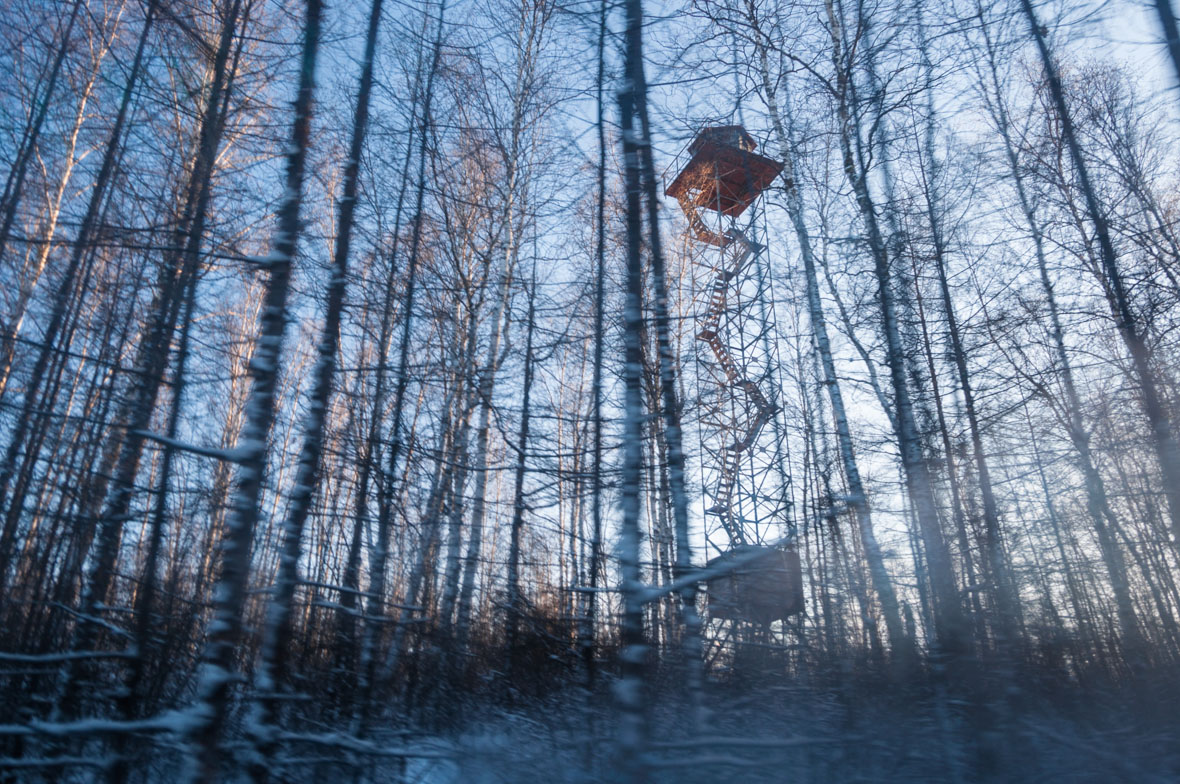
Inside the forest, towers are the only human outposts. There are two close to town, each on its own hill: a radio transmission tower and a fire watch tower.
The sun skirmishes along the horizon from east to west and calls it a day. Its light always hits at an angle so, parts of the forest hidden within taller trees never see the light. In such spots, snow stays all winter and is dyed blue by the shadow. Smaller paths leading into the depths of the forest are marked in this way by a deep blue hue.
在森林里面,高塔是唯一的人类存在。镇子附近有两座塔,各占一个山头——一座是无线电发射塔,一座是防火塔。
太阳擦着天边懒懒地转一圈就把一天唬弄过去了。阳光总是斜着射下来,让那些隐没在瘦高的白桦树下的矮松树一冬天也见不到光。树林的影子给白雪染上蓝调调;通向森林深处的小径,好似一条深蓝色的隧道。

I can see all this from atop the tower and more. I can see the moon just above me, rising to overtake the sun; I can see the dying light tracing the pale skin on crowds of young, white birch; further, I can see the town rolled out beneath the moon.
The forest grows stronger with each passing decade, but where I see life and opportunity, the townsfolk see cold and bitterness. What use are thick trees if they can’t be cut and sold? What good is a strong forest if A’long Shan no longer exists?
That those who know the forest best are often the most willing to harm it once puzzled me. Now, I see – the townsfolk had not accepted that their fate and the forest’s had long been bound together.
我从塔顶俯瞰这一切。我看到月亮在我的上方冉冉升起,正要取代太阳;我看到黄昏的暮光映照在年轻的白桦树上,描出它们的树干;我还看到,在月亮的清晖下铺展开来的阿龙山镇。
假以时日,树会长大,森林会重新茂密起来。这个本来应该令人充满希望的景象却让阿龙山人看着心酸。他们的想法是:不让砍树了,树长得再壮有何用?森林茂密了,而镇子已经不存在了,又有何用?
与森林休戚相关的人竟然对森林如此漠然!我困惑良久。现在,我终于明白了。小镇的居民一直以来并没有接受一个事实:他们的命运和这片森林早已绑在一起。这是谁的悲哀?

In recent years, growing flocks of urbanites pass through A’long Shan on their way to “experience the Russian border” in Mohe. As China’s metropolises explode from overpopulation and as their overstressed inhabitants stream into nature, desperate for breaths of fresh air, A’long Shan has an opportunity to reposition itself as a haven for the city-sick and a base for trekkers.
What it needs is investment and some small success to show its people it is possible to thrive with the forest. What it needs most is for its people to start acting to improve their own lives instead of continuing to rot, waiting for change that may never come.
大批游客途经阿龙山到漠河做“中俄边境体验游”。但是,他们不在阿龙山停留。
这是阿龙山的机会,它能否重新定位?比如,成为最接近大自然的休憩之地或驴友理想的目的地?获得政策支持和外来投资是关键。而对于阿龙山人,最重要的是:开始行动,努力改善自己的生活。放任自己颓废下去,空等奇迹,有出路吗?只有积极寻找与森林共繁荣的方法,他们才有可能保住家乡。




